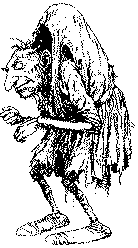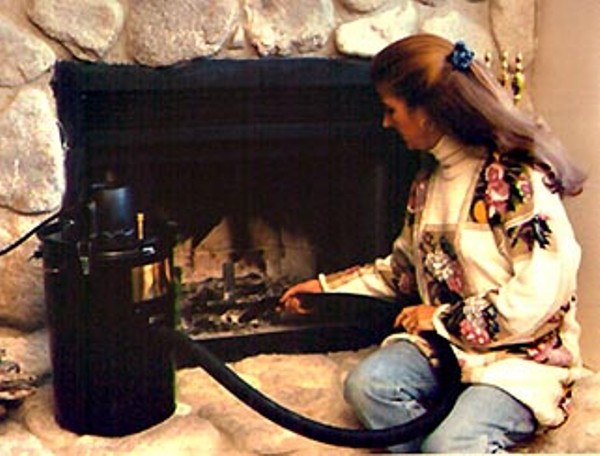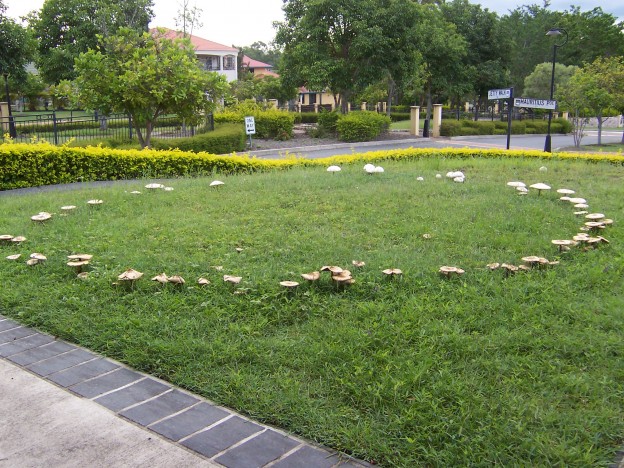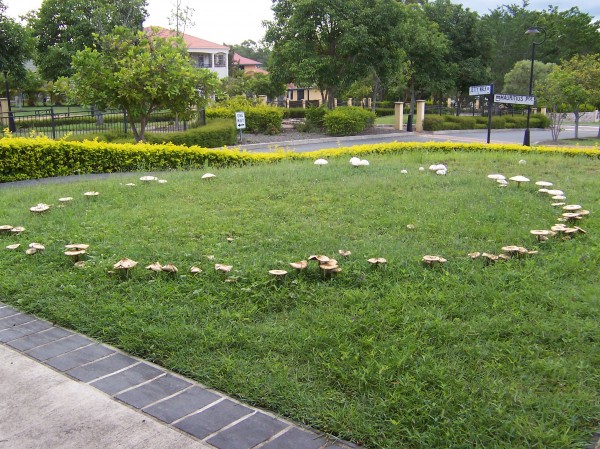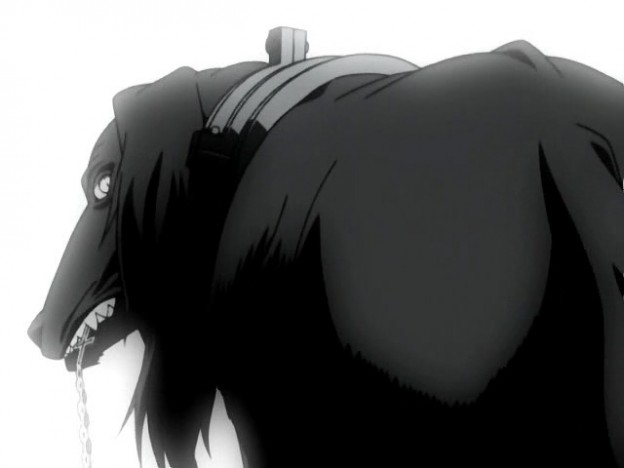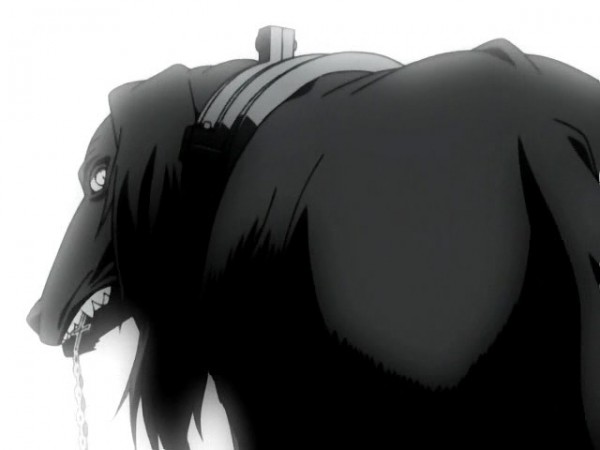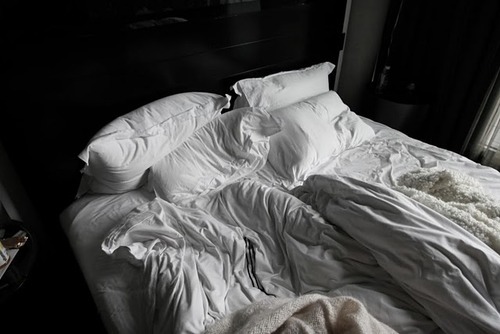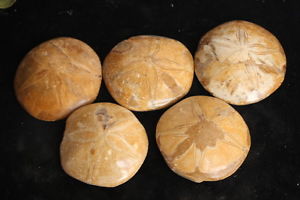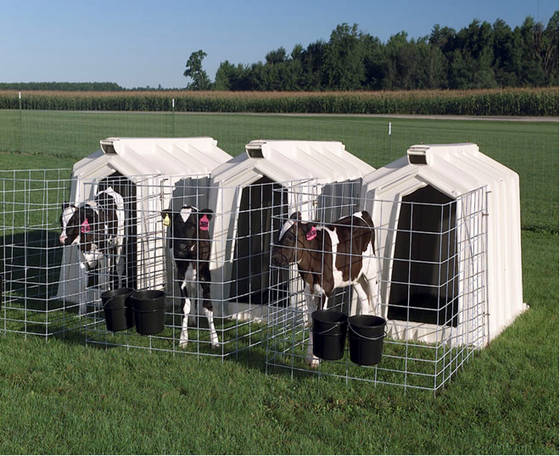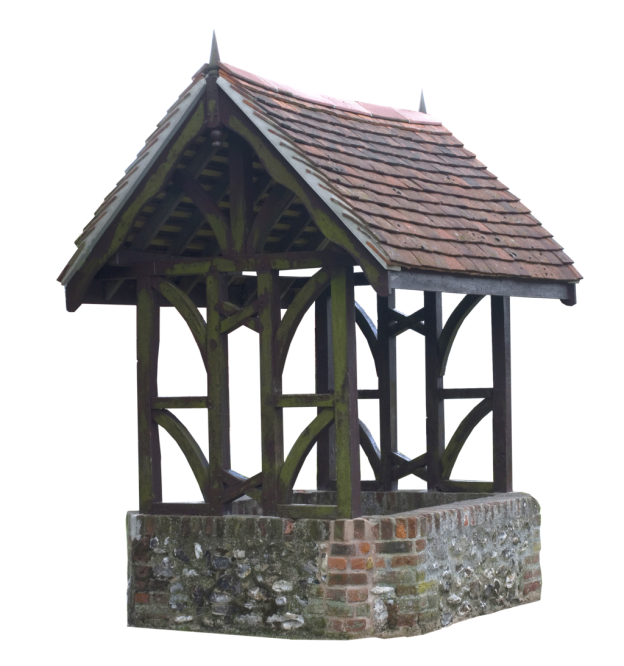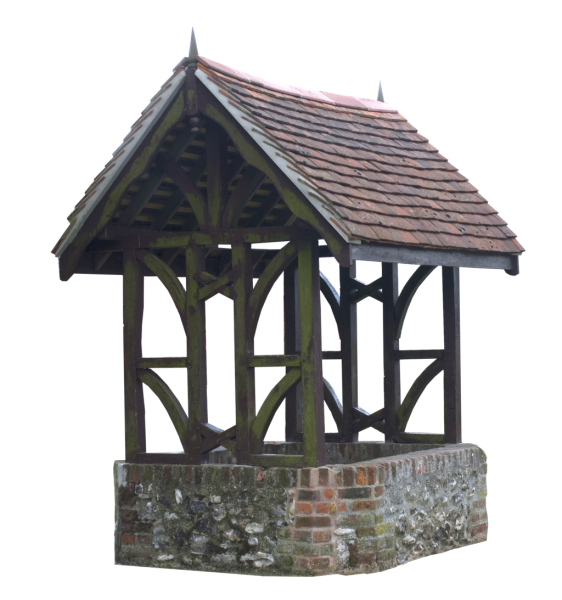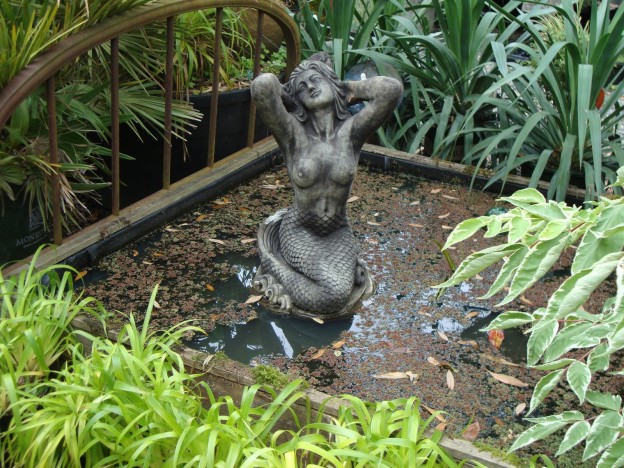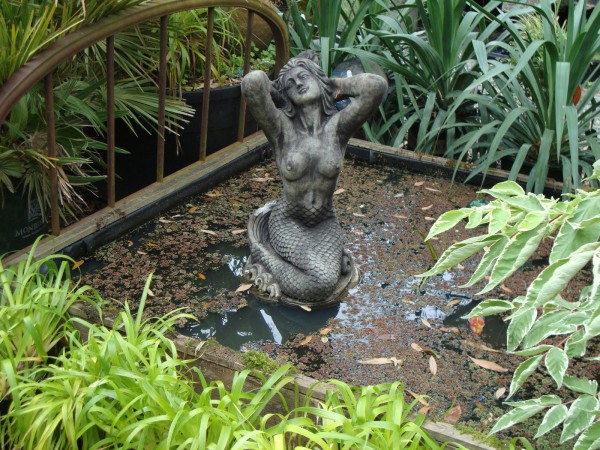The Bogie was the household spirit; the same with the Robin Goodfellow and Bogle of other parts of England. He played the same part among the old farm-houses and granges of Northamptonshire as the, Brownies and Nisses did among the homesteads of Scotland and Sweden. His dwarfish stature, though somewhat larger than the ordinary race of elves, and his extreme love of mischief, show his connection with the other members of the same family. That he was a merry and jovial sprite we know from the proverb, ‘to laugh like old Bogie,’ or the old proverbial saying, ‘He caps Bogie,’ spoken of a person who is boisterously enjoying himself : often amplified to ‘He caps Bogie, Bogie capt Redcap, Redcap capt Nick.’ Thus reducing the last-mentioned personage to the lowest point in the scale of conviviality. Our goblin; does not appear to have been of so beneficent a character as the Highland Browny, who formed a valuable appendage to the household, and whose services were, at least, worth the ‘creame-bowl, duly set.’ His operations were, for the most part, confined to the grievously tormenting the family in whose abode he – had taken up his residence. He it was whose nocturnal revels in some lonely garret, produced those never-to-be explained sounds which chilled the hearts of superstitious servant-maids. But the cellar was the apartment in which he chiefly delighted ; there he reigned supreme, and, as old legends testify, imbibed the October at a terrible rate. Sternberg, 138
